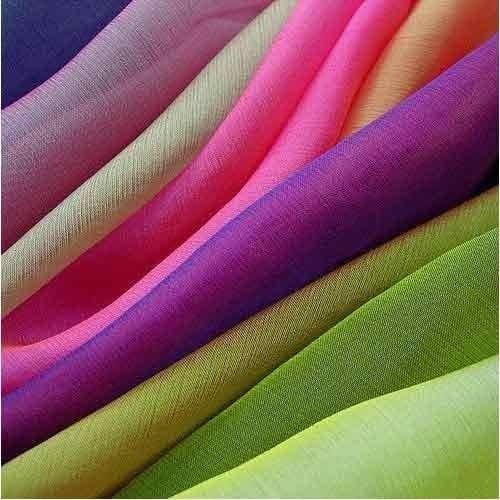We have always worn chiffon dresses or clothes at some point in our lives. Maybe you are currently wearing a chiffon top while reading this post! Chiffon is a smooth, lightweight, and gauze-like plain-woven material. This type of fabric is sheer, which means that it is light in weight and semi-transparent with a simple weave. The twist in the crepe yarns puckers the fabric slightly in both directions after weaving. By giving it some stretch and a slightly rough feel. It is woven of alternate S and Z-twist yarns.
Chiffon is French
Its fabric compositions are silk, nylon, polyester, cotton, and rayon. Early chiffon was made purely from silk. It was both expensive and in high demand among upper-class women in Europe. The United States when it was originally marked in the mid-19th century. In 1938, a nylon version of chiffon was invented. The first non-silk chiffon was heralded as a miracle fabric that would rapidly replace practically every type of organic textile. However, serious issues with nylon as a chiffon textile quickly became apparent, most chiffon was, once again, made from silk. Followed in 1958 with the creation of polyester chiffon, which became immensely popular due to its resilience and low cost.
While much of today’s chiffon is still made from polyester. Manufacturers of this sheer and alluring material have also tried using rayon to make chiffon. In some cases, cotton may also be used. But this pill-prone and relatively delicate substance aren’t as suited for chiffon as many other synthetic or semi-synthetic materials. To some degree, chiffon is still made from silk. However, silk chiffon is now seen as a luxury textile. It is only available in the form of relatively expensive chiffon garments.
Chiffon was first produced in France, but the production of this substance expanded worldwide as the Industrial Age picked up steam. By the first few decades of the 1900s, silk chiffon was in relatively wide production in the United States. The producers of this fabric in America were starting to show interest in replacing silk with another material for chiffon production. Today the biggest exporting and producing country for Chiffon is China.

How is this fabric made?

Depending on the type of material used for weaving, Chiffon fabric is made accordingly. Thus, a unique type of weaving takes place for different materials. The production of silk, for instance, involves the breeding of silkworms, the softening of cocoons, and the reeling of filaments. Polyester production, on the other hand, involves no organic components, and this fabric is made entirely from synthetic chemicals that are synthesized in a laboratory.
No matter what base material is used to make chiffon fabric, once this textile yarn has been produced, the weaving of chiffon follows a uniform pattern. The yarn used to make this type of textile is arranged in opposing S-shaped and Z-shaped curves, and it is then woven together with a loom or an industrial weaving machine.

Due to the fact that chiffon fabric is incredibly delicate, this textile is often woven by hand. No matter what material it is made from, the production of chiffon fabric is often a slow and laborious affair; while automated machines can be used to make this fabric, these machines also have to work at relatively slow paces to avoid causing any damage to finished textiles.
Since it has such a slippery texture, tailors may place sheets of paper on either side of chiffon during the sewing process to ensure that it remains in place. Once the chiffon fabric garment is fully sewn, the paper is carefully ripped out.
Where is Chiffon used?
This style of fabric is mainly used to make garments for women. Chiffon fabric is very delicate, so it is not typically used in daily apparel. Instead, it is used to make nightgowns, evening wear, or blouses that are meant for special occasions. Since it is semi-transparent, it is common to use chiffon fabric to make overlays, which are types of garments that go over opaque types of apparel to impart a textured or delicate appearance.


